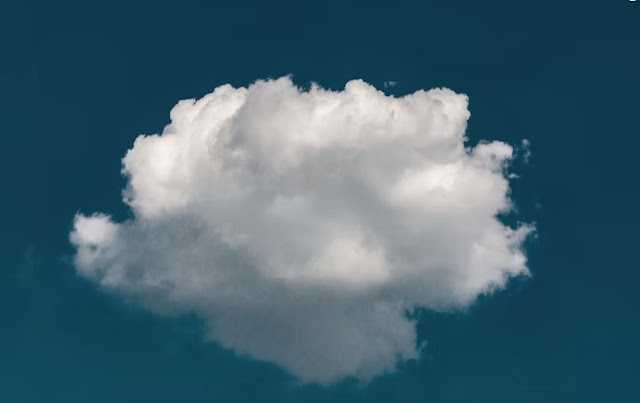Why Do clouds Float Even Though They Weigh 500 Tons?
When you look up and see the sky during the day, you will also see white clouds.
Clouds are a collection of small particles in the form of water droplets or ice crystals floating in the atmosphere.
Clouds have their own beauty and uniqueness.
The beauty of its shape and color is able to decorate the existence of the vast sky.
Without clouds, the sky would look empty and unsightly. However, clouds are also not always visible. Especially when it's cloudy.
The position of the existence of the clouds turned out to be different. Some are in low, medium, up to the highest heavens.
Not only that, this time Bobo will provide some interesting facts about clouds that you need to know. Listen, come on!
1. Origin of the Name Cloud
In English, cloud is cloud. This word apparently comes from an Old English word.
This word comes from "clud", which means "hill" or "mass of rock". So, at first the cloud is a rock.
Meanwhile, in modern English, cloud has roots that mean lump (mud or soil) and clot (frozen mass).
This of course makes us confused. This is because clouds are a mass of water vapor and not a mass of rock as they say.
Apparently, this name originates from clouds that can become rain, thick, heavy, and dark gray in color like thick lumps of rock.
As a result, the word clud is interpreted as a lump. It wasn't until the early fourteenth century that the word crud was used to refer to clouds.
2. Clouds Have a Heavy Burden
So far, many of us think that clouds are light objects because of their cotton-like shape.
But in fact, cumulus clouds (fluffy white clouds) on average have the same weight as a jumbo jet, around 500 tons.
Then, how can clouds float with that weight?
You know, clouds are not solid objects. Clouds are made up of tiny water droplets and when they cool enough they turn into ice crystals.
Well, the water and ice particles contained in these clouds are too small to feel the effects of gravity so the clouds appear to be floating in the air.
At the same time, the particles are forming at the top of the cloud. It appears to be floating, but actually drops are spreading and forming.
3. Clouds are warmer than the air around them
Do you know? The temperature that clouds have is called warmer than the air around it, you know.
This is because clouds absorb heat energy from the Sun and the air around them does not absorb heat from the Sun.
The flow of warm air from the cloud then rises continuously. As a result, warm air pushes the clouds above and floats in the air.
Even so, clouds don't always float in the air. If the air around it heats up, the clouds will saturate and turn into water droplets.
In addition, clouds can also stick together and begin to change shape until rain falls to earth.
4. Dark Clouds A Sign of Rain
When it is about to rain, the thing that is sure to be a sign is the clouds that turn dark.
It turns out that the color of clouds can be affected by how much or how little the amount of vapor or water droplets they contain.
If the water vapor it contains is small, then this collection of water vapor will be able to reflect all the light so that the clouds look white.
Conversely, if there is a lot of water vapor, then this collection of water vapor cannot reflect all the light.
Water vapor will actually absorb some of the light so it cannot produce white clouds.
What will happen next is that the clouds will appear gray or darker. We often call this cloudy.
5. Space Clouds
Do you know? Clouds don't just exist on Earth.
Apparently, clouds can also be seen in space, you know.
According to research, even though there is no water in space, there may be signs of clouds there.
In space it is said that there are hints of silicate molecules containing silicon and oxygen.
On Earth, silicates are the main component of rock whereas on the hot planet Jupiter, silicates are tiny dust grains that form clouds.
Simply put, clouds in space are not formed from droplets or water droplets, but from tiny dust grains.
6. Why Are Clouds White?
When we look at the clouds during the day, we will see some white clouds.
This is due to the presence of water vapor which turns into large ice crystals that can scatter light at 7 wavelengths.
For information, this wavelength consists of red, orange, yellow, green, blue, indigo, and purple.
These seven wavelengths combine and produce one color, which is white light like the color of sunlight.
So, those are some interesting facts about clouds. Hopefully this information can be useful for you.








Post a Comment for "Why Do clouds Float Even Though They Weigh 500 Tons?"